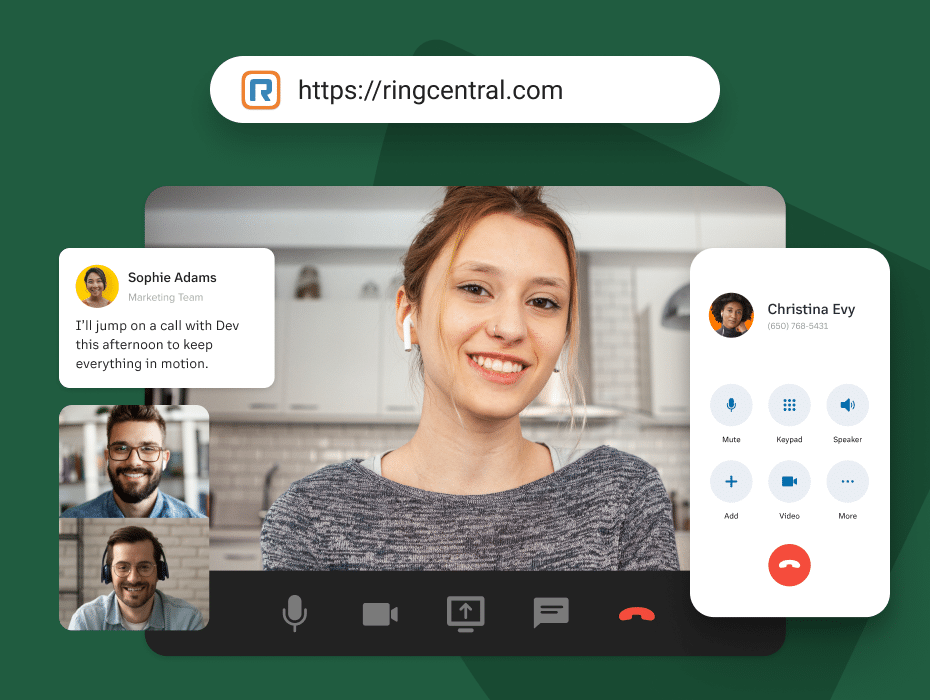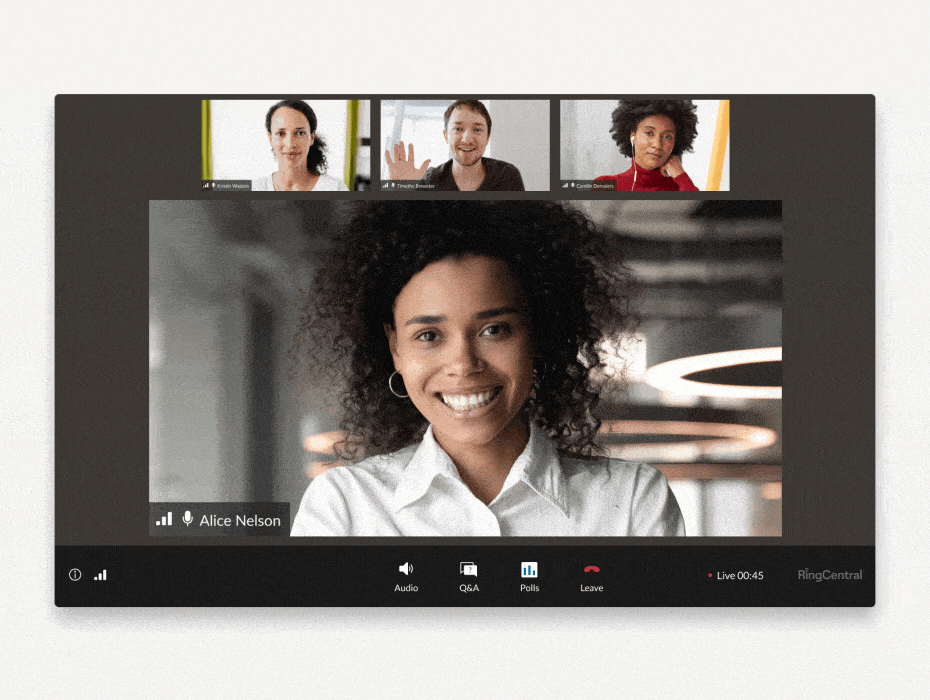Sending out SMS messages is a great way for businesses and individuals to reach their intended audience. Many different companies use this approach in a variety of ways: sending appointment reminders, order confirmations, entertainment alerts, and sales and marketing in general.
However, with the reclassification of business SMS, new content policies, and restrictions around what type of links may be sent, it’s important to understand that while embedding links in your texts can be extremely beneficial, if you’re not careful, it can also result in your text messages being blocked.
Here are some tips on using links in SMS:
1. Have a clear call to action
When utilizing links in your text messages it is important to provide a clear CTA or call to action. Failure to provide a clear call to action that matches your included link(s) may result in your messages being blocked.
Your call to action must be clear to the reader why they should click on the link, and what the expected outcome of clicking on the link will be. For example, “finish filling out your online profile” provides a clear explanation of the link and the call to action for the user.
Likewise, “use the link below to reschedule your appointment” provides a clear call to action that is easily understood by the reader.
However, just posting a link without any context does not tell the reader why they should click the link, or what the expected outcome is.
2. Rethink link shortening services
Link shortening services can help reduce the size of your messages by shortening longer URLs. However, because link shortening services disguise the actual link, they’re often used by malicious actors such as phishers who want to redirect their targets to a fraudulent, look-alike website.
For this reason, most generic link shorteners are actually banned or blocked by mobile carriers, and will result in your messages automatically being blocked and potentially listed as spam.
Examples of generic link shorteners that get blocked include:
Instead of using the generic domains provided by free services such as bit.ly, try using your existing domain name or register a specific domain that you can use with these services, typically as a premium add-on.
For example, both https://short.mydomain.com/xyz and https://ringcentr.al/3KGgyb5 are less likely to be flagged or blocked by mobile carriers.
Even if your URL is obfuscated or shortened, make sure the landing page that your shortened link redirects to fits with your call to action as mentioned above. Never try to obfuscate your link to misdirect or mislead your recipient, for example telling them they are voting for person A, and lead them to vote for person B.
3. Use custom URLs
On occasion, you may need links specific to your recipient—for example, a link to a form specifically for them.
It’s important to remember that SMS is not considered a secure means of transmission, and any link you provide may be accessed by others. For that reason, it’s always best to secure any personal or sensitive information behind an internet gateway, such as a sign-in page.
However, customized or personalized links can be great for managing mobile orders from specific tables, providing instant quotes, providing one-off discount codes, payment reminders, or receipts.
This is where using a link shortening service may once again be helpful turning https://mydomain.com/quickorder?table=15 to https://ringcentr.al/tbl15 or https://mydomain.com/receipts/complete.php?orderid=3ioejdlw4yr4h4 to https://ringcentr.al/4iail4h.
As you use custom or short links, be mindful of the number of redirects that take place, as carriers may consider having an excessive number of redirects as an attempt to circumvent their systems, mislead or misdirect your recipients.
Using links to increase ROI
In the end, links within SMS provide a powerful medium to communicate information and interact with your recipients.
As long as you follow the guidelines set here and within our SMS Content and Messaging Policies, you shouldn’t run into any issues—and will be able to take advantage of the incredible read and response rates SMS has to offer.
Just remember the golden rule: treat your recipients as you want your phone to be treated, and:
- Provide a clear CTA
- Provide clear links
- Don’t use generic link shortener domains
- Don’t transmit sensitive information over SMS
Learn more about how you can use SMS to drive business for your company: https://netstorage.ringcentral.com/documents/revolutionizing_communications_with_rc_apis.pdf
Originally published Mar 22, 2022





